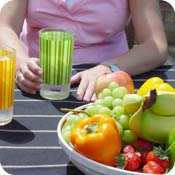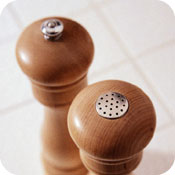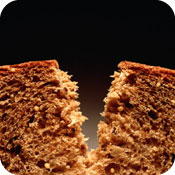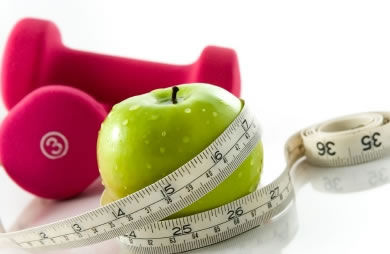 You constantly remind your little ones to eat their vegetables.
You constantly remind your little ones to eat their vegetables. But when it comes time to go to the market, you don't always practice what you preach. You know you and your family should eat more leafy greens, rainbow colored vegetables, and fiber-rich fruit, but it seems like every time you shell out the cash for the fresh stuff, you end up throwing much of it away. You go shopping on Saturday, and by Monday, the lettuce is wilted, the tomatoes are mealy and squishy, and the avocados, well, their buttery flesh is streaked with black. When you're trying to feed a family on a budget, you can't afford to waste food! If you feel like your family throws away a lot of food, you're probably right-and you're not alone. According to the U.S. Environmental Protection Agency, Americans throw away nearly 31.6 million tons of food a year. And a University of Arizona study in 2003 found that the average family pitches 1.28 pounds of food a day, for a total of 470 pounds a year! That's like throwing away $600! To help cut down on food waste, you need how to store it, how long it should last, and what to eat first. You're a busy mom, and you don't have time to run to the market before dinner if the tomatoes are past their prime or the bananas are mushy. So we've compiled a guide that will have you eating (not wasting) your precious produce. Plants breathe, too. If your asparagus is wilting and your pears are a breeding ground for flies within a couple of days of purchase, you're probably storing the wrong foods together or in the wrong place. Fruits and vegetables give off an odorless, harmless and tasteless gas called ethylene after they're picked. Some plants, such as tomatoes, melons, and apples, emit high levels of the gas. Other vegetables, such as greens, peas, and broccoli, are very sensitive to ethylene. The gas speeds up decay of vegetables and fruit. If you store broccoli or lettuce alongside pears and tomatoes, your broccoli will turn limp within a few days, and your lettuce will look jaundiced. Refrigeration (and cold temperatures in general) helps lengthen shelf lives of produce by limiting the amount of gas that your vegetables and fruits emit. Sound confusing? Just remember to keep your leafy and green vegetables away from fruits or round vegetables. Put fruits in one drawer and leafy, green vegetables in another. Gas producers
Refrigeration is not always the key to longevity for produce. Bananas, for example, turn brown when they get cold. (They're still edible, just unsightly!) And tomatoes get mealy and lose flavor when put in the fridge. Knowing where to store your food will extend its life. Print this list and post it on your refrigerator as a reminder of where to store your vegetables and fruits. In the refrigerator
How long will it last? Once you've brought it home and stored it properly, now you can prioritize your produce. First, eat the things that will spoil quickly, such as lettuce and berries. Save the eggplant and oranges for later in the week. Here's a "schedule" for your produce, based on a Saturday morning trip to the grocery store. Eat over the weekend
|
No More Wasted Produce
Your Guide to Buying, Storing, and Eating Fresh Fruits and Vegetables
Page 1 of 1






Member Comments